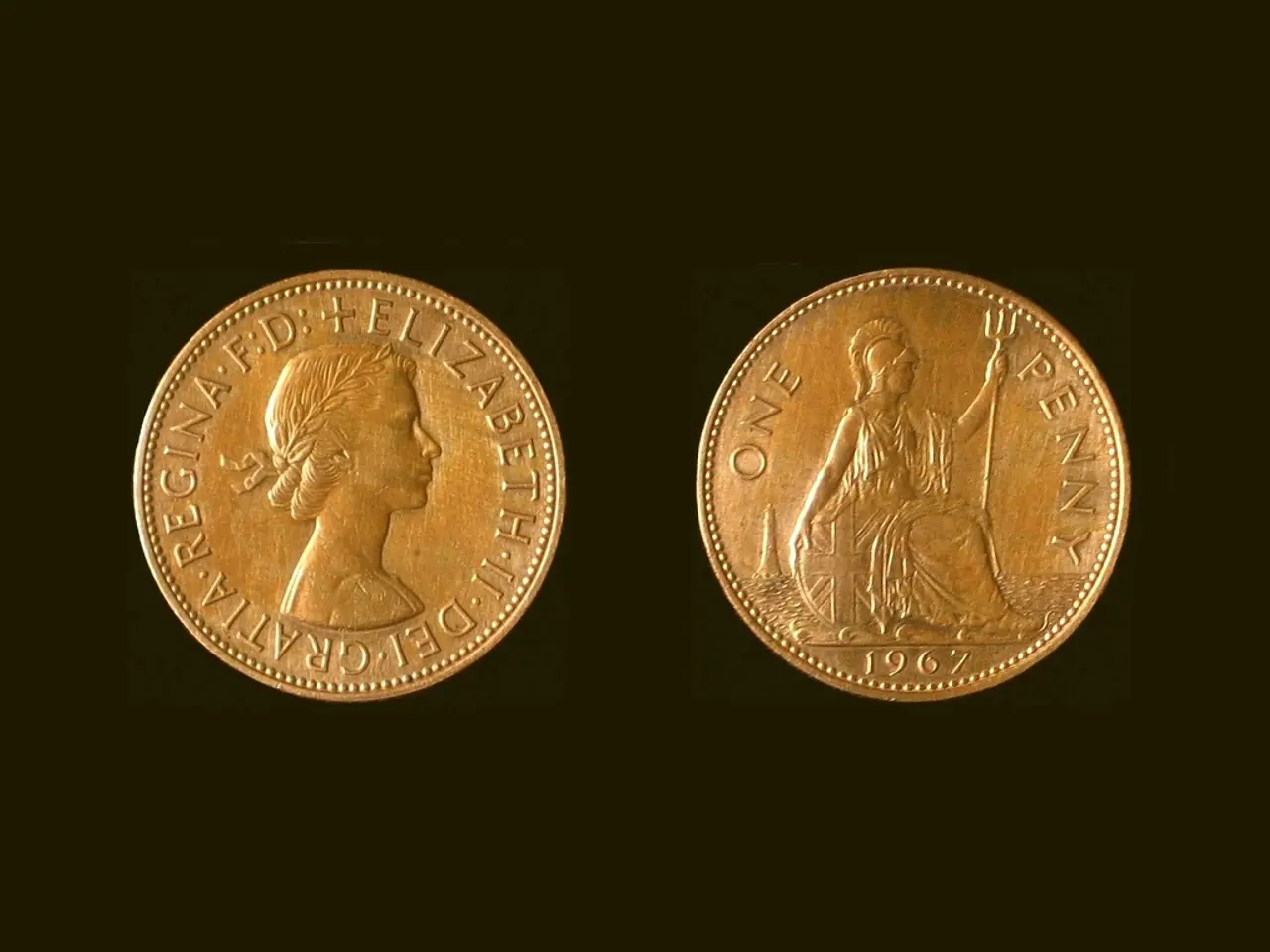Stablecoins fail to serve the unbanked population; thus, the purpose behind their existence remains unclear.
In a significant move towards digital innovation, Nigeria is shaping its regulatory landscape to accommodate stablecoins, with a particular focus on those pegged to the naira. This development aims to bring transparency, trust, and legitimacy to the digital asset ecosystem in the country.
The Securities and Exchange Commission (SEC) has taken the lead in creating a comprehensive regulatory framework for stablecoins. This framework ensures that stablecoins are fully backed by verifiable reserves and subject to regular audits by independent custodians. The Investments and Securities Act 2025 empowers the SEC to regulate digital assets, including stablecoins, with some platforms required to undergo audits or submit compliance documentation depending on their service type.
While specific capital requirements for stablecoin off-ramp platforms are not explicitly detailed, the focus on maintaining substantial capital reserves to ensure stability and trust implies a need for significant capital reserves. The SEC is also introducing a tiered Virtual Asset Service Provider (VASP) licensing framework, which could influence capital requirements based on the tier and type of services offered.
Compliance and audits are essential in this new landscape, with stablecoins requiring regular audits by independent custodians. Platforms facilitating stablecoin transactions would need to comply with these audits and maintain verifiable reserves. Strict Anti-Money Laundering (AML) and Know Your Customer (KYC) requirements set by the Central Bank of Nigeria (CBN) must also be adhered to, ensuring compliance with African payments standards.
Stablecoins, digital currencies that maintain a stable value tied to a traditional currency like the US dollar, offer numerous benefits, particularly for the underbanked. They provide a more efficient and cost-effective alternative to traditional financial services. In emerging markets, stablecoins are being used for cross-border payments and remittances, offering a faster and cheaper alternative to banks and traditional money transfer services.
Moreover, stablecoins are being adopted as a hedge against inflation, maintaining their value despite economic instability. They could also be used by governments for faster, cheaper, and less leak-prone cash transfers, pensions, or subsidies. However, their widespread use could potentially pull local economies towards the US dollar, exposing countries to US economic shocks and making it harder for central banks to control their own monetary policy.
Real-world asset (RWA) tokenisation could enable token-backed lending in Africa, turning assets like land, homes, or vehicles into digital tokens that can be used as collateral. This could revolutionise the lending landscape, allowing people to own a small part of a valuable asset instead of needing to buy the whole thing.
Layer-2 blockchains, such as Celo and Optimism, are being used to process stablecoin transactions faster and at lower costs, making them more accessible to the masses. Stablecoin off-ramp solutions like Palremit allow individuals and businesses to convert dollar-backed stablecoins into local African currencies.
The regulation of tokenised assets is crucial for their adoption, with several frameworks in Singapore, the US, the UAE, and Hong Kong regulating them as securities. RWA tokenisation could increase tokenised lending with stablecoins, potentially local currency-backed stablecoins.
In conclusion, Nigeria's regulatory framework for stablecoins is evolving rapidly, aiming to provide clarity and legitimacy to the digital asset ecosystem. While specific capital requirements are not yet detailed, operators must ensure stablecoins are well-backed and compliant with regulatory audits and AML/KYC standards. The potential benefits of stablecoins, from increased financial inclusion to more efficient cross-border payments, make this an exciting time for the Nigerian financial sector.
- The Securities and Exchange Commission (SEC) is introducing a tiered Virtual Asset Service Provider (VASP) licensing framework, which could influence capital requirements for fintech startups dealing in stablecoins, based on the tier and type of services they offer.
- With the Investments and Securities Act 2025, the SEC is regulating digital assets, including crypto-based investments and stablecoins, demanding some platforms to undergo audits or submit compliance documentation depending on their service type.
- Platforms facilitating stablecoin transactions are required to comply with regular audits by independent custodians, ensuring their reserves are verifiable, and they adhere to strict Anti-Money Laundering (AML) and Know Your Customer (KYC) regulations set by the Central Bank of Nigeria (CBN).
- In the burgeoning fintech landscape, stablecoins could potentially revolutionize the financial sector, with their application extending from an efficient alternative to traditional cross-border payments and remittances, to backing token-based lending platforms and local currency hedges against inflation.




